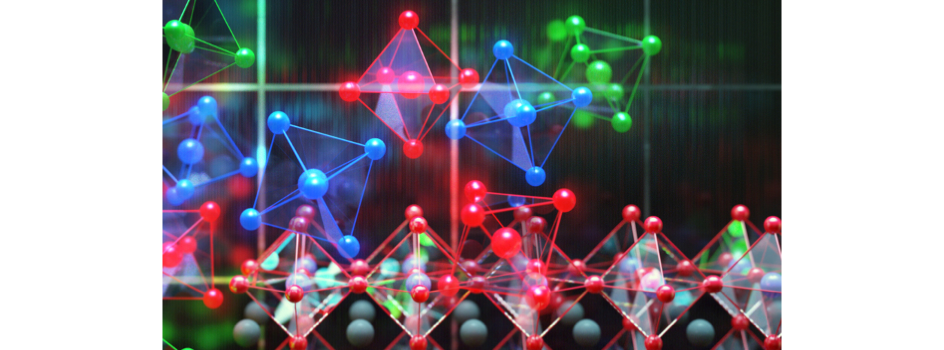Researchers at the Massachusetts Institute of Technology (MIT) have reached 25.2% power conversion efficiency for perovskite solar cells which they claim ‘eclipses’ the efficiency of many existing solar panels. They were able to reach this threshold with a new approach to the design of these cells.
The team describes the method that helped it achieve these results as ‘precise engineering’ of electron transport layer with tin oxide using chemical bath deposition (CBD) process. They used this improved type of intermediate layer between the perovskite and the transparent conductive layer, that allows electrons to tunnel through preventing recombination.
Explaining how this works, the team says it is the interfaces of the middle electron transport layer that connects to the layers on each side of it where inefficiencies are reported.
“The team realized that if we understood the decomposition mechanisms of these precursors, then we’d have a better understanding of how these films form,” explained the team. “We were able to find the right window in which the electron transport layer with ideal properties can be synthesized.”
Along with the above, the researchers also used a set of additives to the perovskite layer to improve its stability, and figured that adding less than 1% of these additives could get the desired effect without the need to alter the bandgap.
The team believes these methods can be helpful when applying to large scale manufacturing of perovskite cells.
In their research paper published in the scientific journal Nature, the team believes future research should focus on further improving perovskite solar cell’s efficiency and increasing its long-term stability.
“The kind of insights we provide in this paper, and some of the tricks we provide, could potentially be applied to the methods that people are now developing for large-scale, manufacturable perovskite cells, and therefore boost those efficiencies,” said one of the research team members, Moungi Bawendi.
Back in July 2018, EPFL and CSEM scientists achieved a 25.2% record efficiency for tandem solar cell using silicon and perovskite (see 25.2% Record For Si-Perovskite Cell).
25.2% Efficiency For Perovskite Solar Cell
Massachusetts Institute Of Technology Achieves 25.2% Perovskite Solar Cell Efficiency With ‘Precise Engineering’ Of Electron Transport Layer

After EPFL and CSEM scientists announced 25.2% efficiency for a perovskite-silicon tandem solar cell in July 2018, MIT researchers have now reached the same efficiency using only a perovskite solar cell. (Photo Credit: CUBE3D Graphic)











